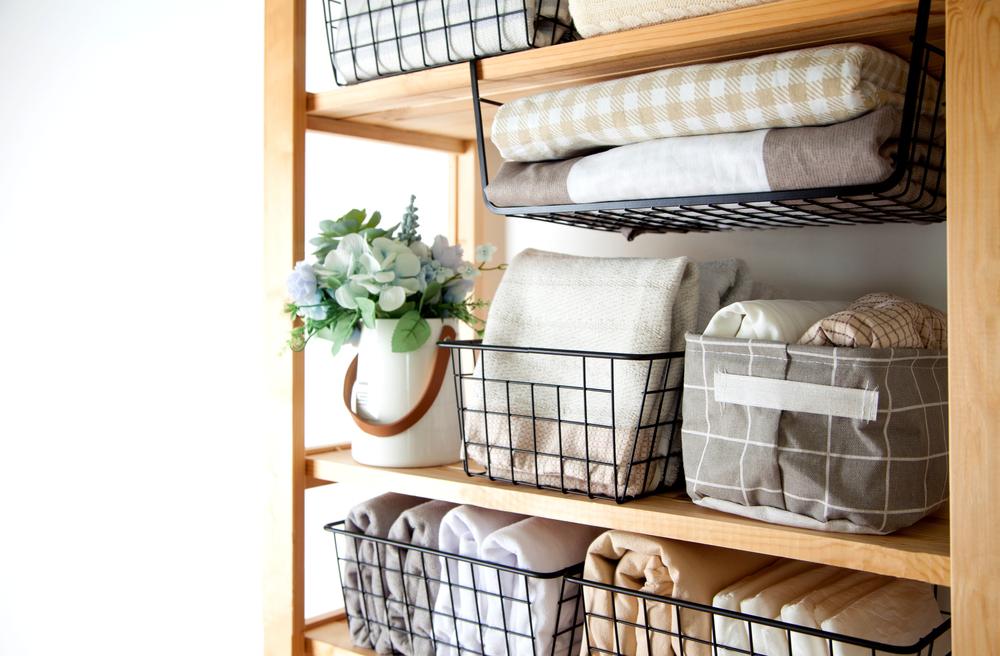What would you do if you had to use—let alone actually enjoy—everything you own?
Truth be told, most of us will never live long enough to accomplish such an overwhelming requirement. Instead, we pack it, stack it, and pile it away—even pay rent to store it. Then we keep right on accumulating, acquiring, and attaining even more. More doesn’t add to our joy the way we thought it would. More stuff dilutes the quality of our lives.
Vilfredo Pareto, an Italian economist, “discovered” the “Pareto principle” in 1897, when he observed that 80 percent of the land in England (and every country he subsequently studied) was owned by 20 percent of the population. Pareto’s theory of predictable imbalance has been widely proven and applied to almost every aspect of modern life, including the things we own.
So, let’s think this through: If 80 percent of what we use comes from 20 percent of what we own, a huge amount of the space in our homes is occupied by stuff we never use; it’s clutter!

It’s difficult to fend off that nauseous feeling when you calculate clutter’s actual cost in hard-earned cash. There is, of course, the original price tag to acquire it. But then there’s the cost to own it.
One woman who finally had it with all her clutter loaded it up (it filled two pickup trucks) and headed for the flea market. Excited that she could possibly net $800 to $1,000 for one weekend of selling, she quickly changed her attitude as she realized her prices were about one-tenth of the price she paid.
Her mind went to the time she‘d spent earning the money to buy all this stuff, the time spent shopping, lugging it all home, and storing it until moving day. She figured that even if she made $1,000 on this effort, she’d spent at least $10,000 or more purchasing it. That day, she vowed to never buy anything again, unless it was absolutely necessary.
Ask yourself a series of questions to determine what stays and what goes:
Does It Work?
So much of the clutter in our homes is made up of broken things we plan to fix someday and clothes that don’t fit anymore but we hope someday might.
Do I Really Need It?
The answer will be clear as you imagine the impact of this item disappearing from your life.
Do I Enjoy It?
If this item brings beauty and joy to your life, it isn’t clutter. Sentimental belongings should be treated with great care and respect—not forgotten in the attic.
Am I Using It Now?
If it doesn’t fall into the 20 percent of things you use on a regular basis, it is a definite suspect.
Once you’ve earmarked the stuff that needs to go, gather your courage and determination to move it out. Sell it; give it away; or throw it out. Of course, one of the best solutions for “good stuff” is to donate it to someone who really wants or needs it.
The best resource I have come across to let go of things you don’t really want is the book “The Life-Changing Magic of Tidying Up” by Marie Kondo. The KonMari Method (named after the book’s author) is a systematic method to help you declutter your home to keep things you really love, not just move things to a new location.
Decluttering will calm your spirit and clear your mind. It will increase your ability to enjoy your current situation, your family, and your relationships. You'll love owning less.
Mary Hunt invites you to visit her at EverydayCheapskate.com, where this column is archived complete with links and resources for all recommended products and services. Mary invites questions and comments at “Ask Mary.” Tips can be submitted at Tips.EverydayCheapskate.com/. This column will answer questions of general interest, but letters cannot be answered individually. Mary is the founder of EverydayCheapskate.com, a frugal living blog and the author of the book “Debt-Proof Living.” Copyright 2020 Creators.com





